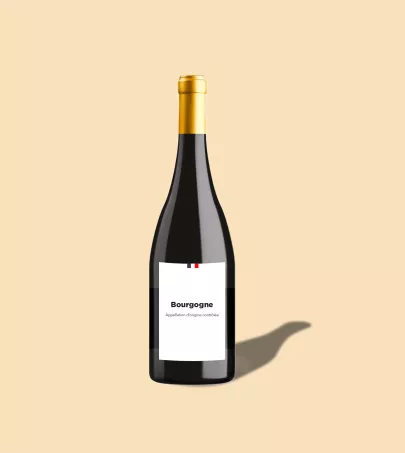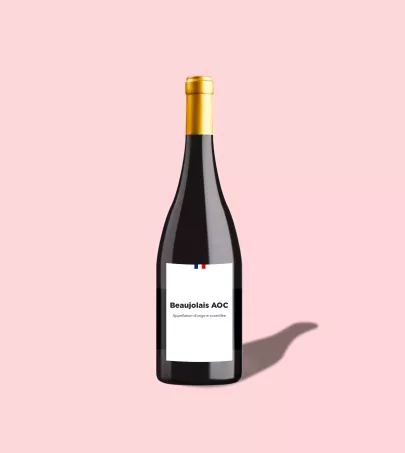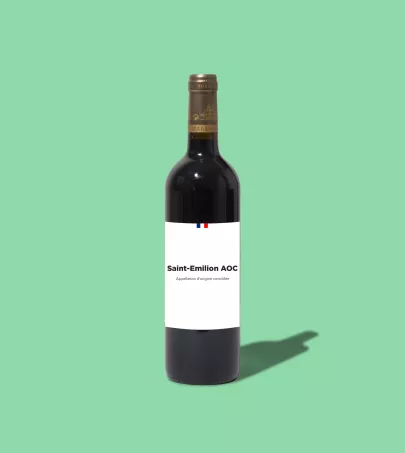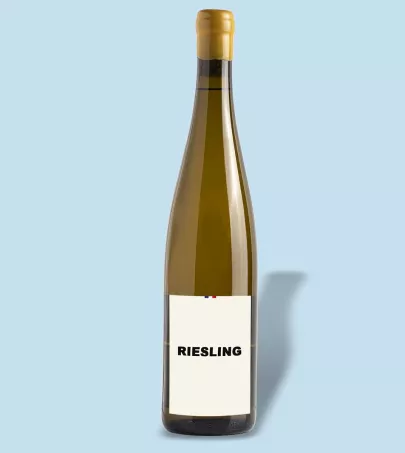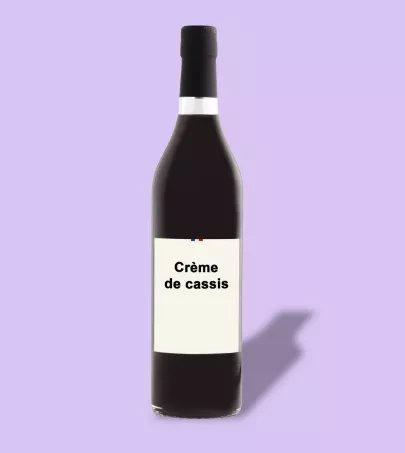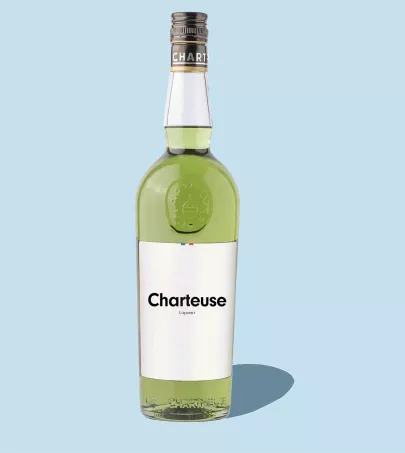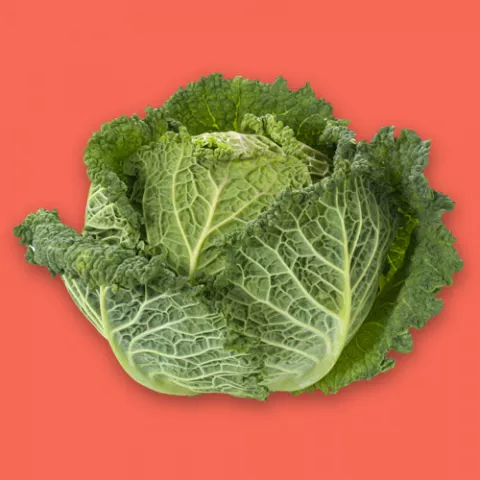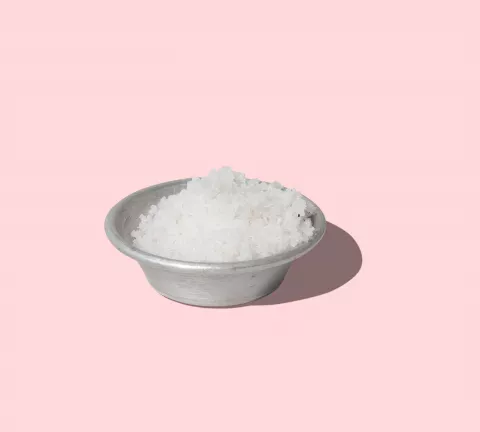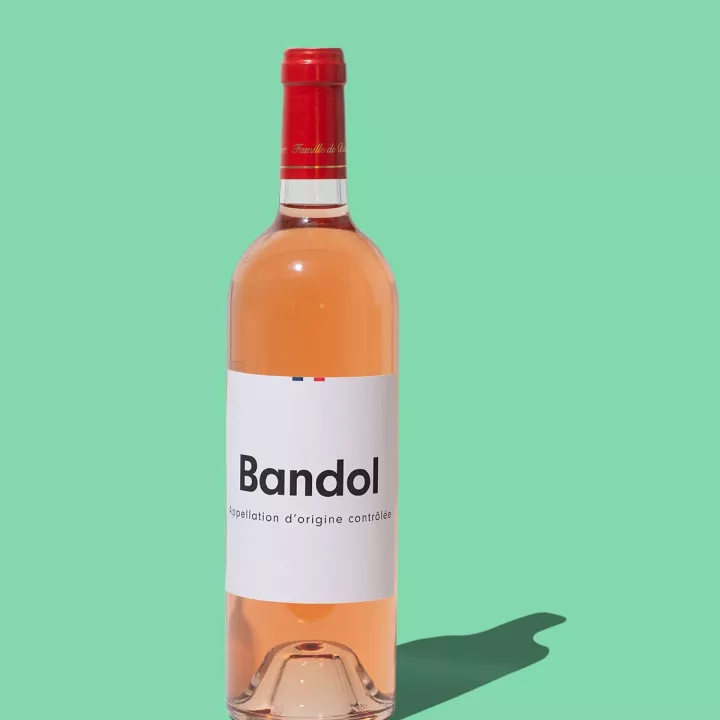
Bandol PDO
Provence-Alpes-Côte d'Azur
Though it is renowned for its powerful, robust reds, which have an excellent aging ability, the Bandol wine PDO area also produces very aromatic rosés and whites along the coast.
What you need to know
Remains found at the site of the ancient port of Tauroeis, in the bay of Sanary-sur-Mer, show that grapes were grown in the region as far back as the 7th century BC. The wine produced traveled well and the coastal location favored trade, which developed in the Middle Ages. Bandol was at the height of its success in the 19th century when its vineyards were ravaged by phylloxera, leaving the winegrowers to work on the grapes and rebuild the industry. Mourvèdre, a traditional grape of the terroir, drove its revival, which culminated in Bandol being granted the PDO designation in 1941.
The vineyards are planted on coastal terraces, on poor, arid soils which concentrate the aromas. There is exceptional sunshine, tempered by the maritime influence which prevents any great temperature differences. Its star grape is Mourvèdre, which produces powerful wines with an excellent aging ability. It is used for appellation reds and rosés, along with Grenache (for generosity) and Cinsault (for finesse). Bandol's flagship red wines make up a third of production, ranking second after its rosés (approx. 60%). White wines, produced with Clairette, Ugni Blanc and Bourboulenc grapes, make up just 5% of production.
Characteristics
Smell
Look
Taste
How to use
Storing PDO Bandol
Red: can be drunk whilst young but has excellent aging potential (10/15 years or more)
Rosé: drunk young but the Mourvèdre gives it good aging potential.
White: 1 to 3 years
Serving Bandol PDO
17 to 18 °C for Reds
8 to 10 °C for Rosés
8 to 11 °C for Whites
Tasting Bandol PDO
... With friends in the summer!
Pair with
Game, stew, roasted lamb, goat's cheese, truffle, chocolate cake in the case of the reds
Bouillabaisse, fish soup, grilled shrimp and red mullet, in the case of the whites
As an aperitif with olives, anchovy puree, pissaladière, fish and cheese in the case of the rosés

